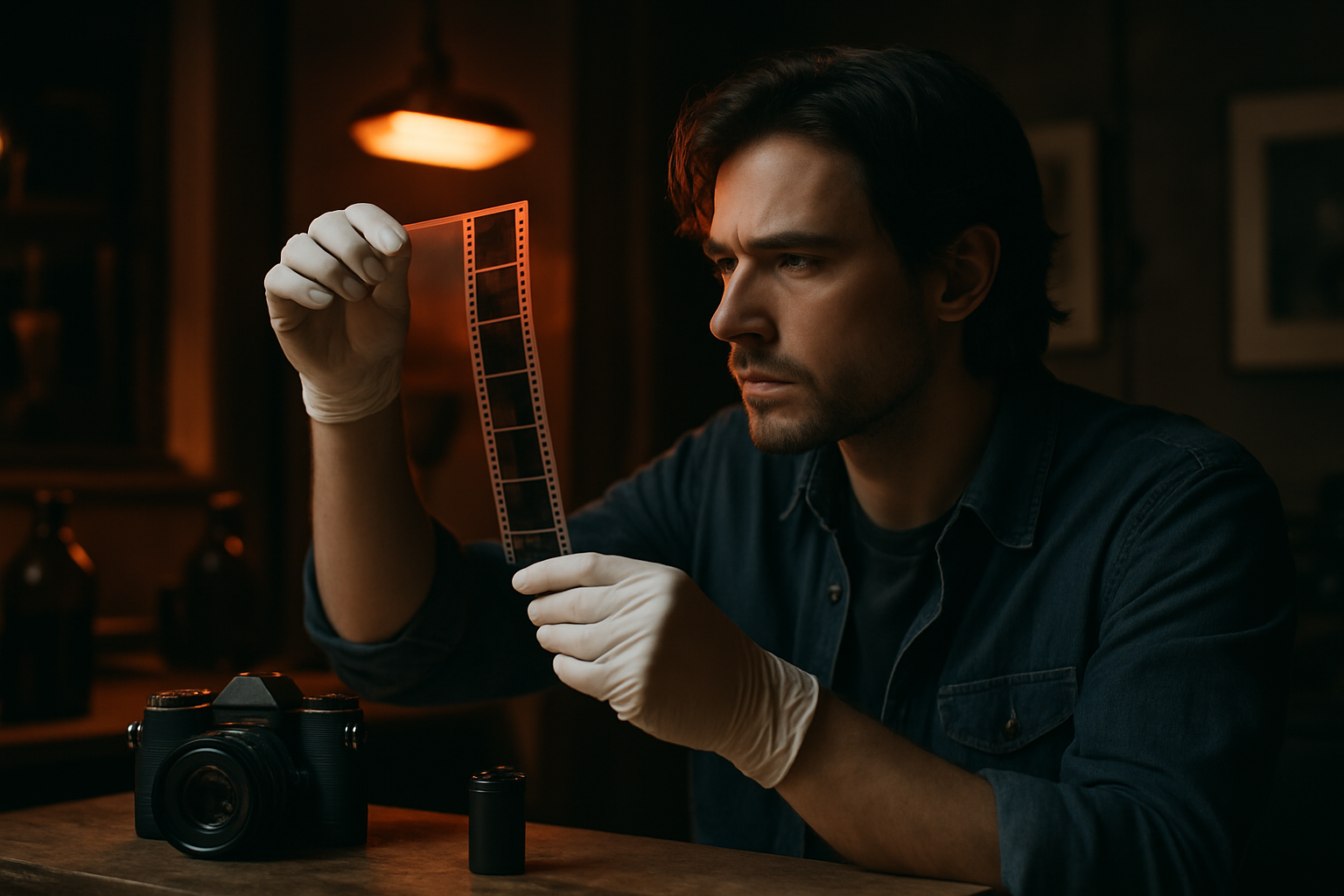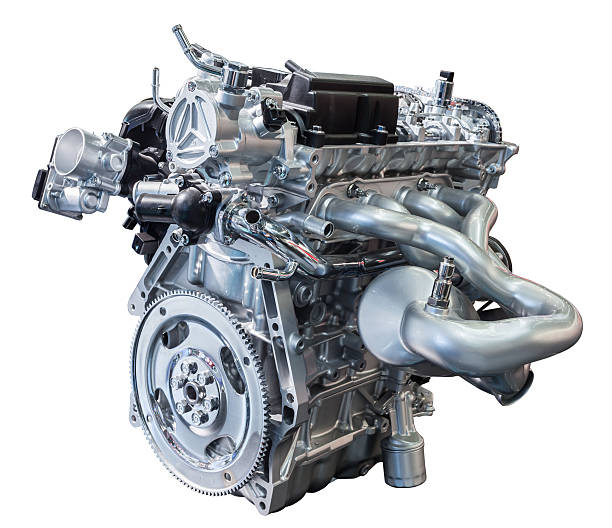The Resurgence of Analog Photography in the Digital Age
In an era dominated by smartphones and instant digital gratification, a surprising trend has emerged in the world of photography. Analog photography, once considered obsolete, is experiencing a remarkable revival. This resurgence is not merely a nostalgic nod to the past but a deliberate artistic choice that challenges our perception of image-making in the 21st century. As artists and enthusiasts rediscover the unique qualities of film, we explore the factors driving this renaissance and its impact on contemporary visual culture.

A Return to Craft
Analog photography demands a level of skill and patience that has been largely forgotten in the age of point-and-shoot digital cameras. The process of loading film, manually adjusting settings, and developing negatives requires a deep understanding of the medium. This return to craft has attracted a new generation of photographers who crave a more hands-on approach to image-making. Darkroom techniques, once on the brink of extinction, are now being revived and reimagined by contemporary artists.
The Slow Photography Movement
In a world of instant gratification, analog photography offers a counter-cultural approach to image-making. The limitations of film – typically 24 or 36 exposures per roll – force photographers to be more deliberate in their compositions. This constraint has given rise to the slow photography movement, emphasizing thoughtful, considered image-making over the rapid-fire approach common in digital photography. Practitioners argue that this method leads to more meaningful and impactful images.
Educational Renaissance
The resurgence of analog photography has sparked a renewed interest in photographic education. Workshops and courses dedicated to film photography and darkroom techniques are flourishing, attracting both novices and experienced digital photographers. Universities and art schools are reintroducing film photography into their curricula, recognizing its value in teaching fundamental photographic principles and fostering creativity.
Environmental Considerations
Interestingly, the revival of analog photography has coincided with growing environmental concerns. While the chemicals used in film development pose their own environmental challenges, many argue that the longevity of film cameras and the reduced electronic waste compared to frequently upgraded digital equipment make analog photography a more sustainable choice in the long run. This perspective has resonated with environmentally conscious artists and consumers alike.
Market Impact and Industry Response
The analog photography revival has had a significant impact on the photography market. Film manufacturers, once on the brink of discontinuing their products, have seen a surge in demand. Companies like Kodak and Fujifilm have reintroduced discontinued film stocks and even launched new products to meet the growing interest. Similarly, the market for vintage cameras and lenses has exploded, with prices for certain models reaching unprecedented levels.
Digital Integration
While purists may advocate for a complete return to analog methods, many photographers are finding ways to integrate analog and digital techniques. Hybrid workflows, where film negatives are scanned and digitally processed, have become increasingly popular. This approach allows photographers to combine the aesthetic qualities of film with the convenience and flexibility of digital post-processing, creating a new genre of imagery that blends the best of both worlds.
Cultural Significance
The resurgence of analog photography reflects broader cultural trends beyond the world of image-making. It speaks to a desire for authenticity and tactile experiences in an increasingly digital world. The physicality of film – from the act of winding a camera to the tangible nature of prints – offers a counterpoint to the ephemeral nature of digital images. This movement aligns with other analog revivals, such as the resurgence of vinyl records and handcrafted goods, suggesting a cultural shift towards valuing physical artifacts and experiences.
Future Prospects
As the analog photography revival continues to gain momentum, questions arise about its long-term sustainability and impact on the broader photography industry. Will it remain a niche interest, or could it signify a more fundamental shift in how we approach image-making? The answer likely lies in the ability of analog photography to continue evolving and finding relevance in a digital world. As new generations discover the magic of film, the medium’s future seems bright, promising a continued dialogue between past and present photographic practices.




